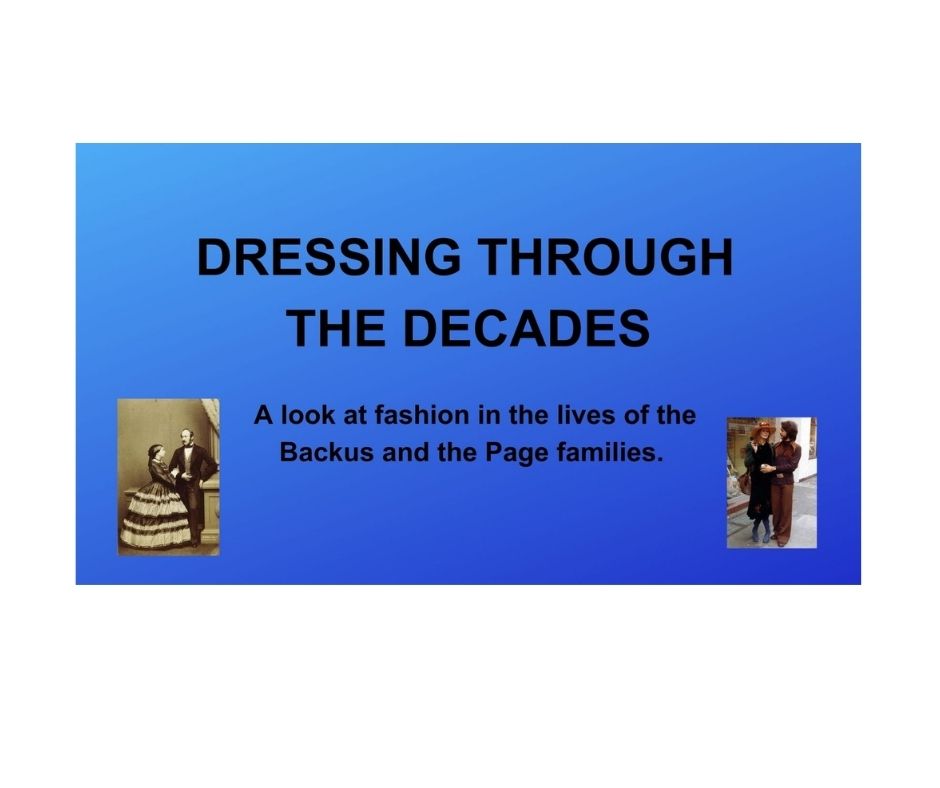We are going to start our look at fashions of the Backus-Page House with 1850 when the house was built.
Prior to 1850 and until about 1856 or 1857, dresses made fuller by wearing three to seven full petticoats. The number of petticoats varied with the weather, and the work being done.
In 1856, the cage crinoline was invented. The skirts which had previously reached maximum width were free to expand even farther. The hoop was round, and the skirts were made of straight widths of fabric pleated into a waistband. The top of the dress was either a loosely worn blouse which fastened in the front with hooks and eyes. This would be made of the same fabric or a different fabric, depending on the choice of the lady. In cooler weather, a jacket bodice was work, and extended over the hips. A more formal jacket would have pagoda style sleaves with an undersleeve inside. Evening dresses would have a neckline which laid off the shoulder.
By 1860, skirts were fuller, and used gores to provide extra width. Jackets were shorter, or even above the natural waist and worn over a blouse. By the middle of the decade, hoops took on an elliptical shape and reached their maximum of between 150 and 180 inches (380 to 460 cm). The later part of the decade saw skirts becoming narrower. The long skirts were often drawn up and a small amount of a ruffled petticoat showing. The began the trend toward the bustle style, which we will look at in our next blog.
The 1850s and 1860s also saw a variety of clothing styles for gentlemen as well. In the early parts of the 1850s, the waistline of frock coats began to lower and met the natural waist. The coats often had a long tail which covered the hips, and often reached to the knees. As the decade progressed, a less formal coat became popular and was referred to as a sack coat. It was of a looser fit and required less fabric. Colours for men’s clothing ranged from dark colours to the bright plaids which were worn in the late 1850s.
The 1860s is notable for being the decade when the three-piece suit began to emerge. Made in matched black, brown, or other dark hues, three-piece suits were generally worn with white shirts and dark-coloured cravats.
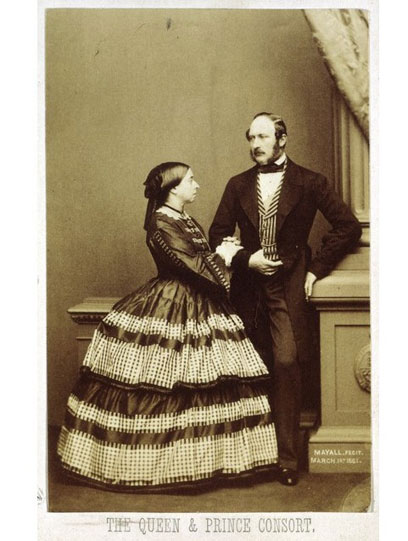
Queen Victoria and Prince Albert 1864 
Andrew and Mary Jane Backus 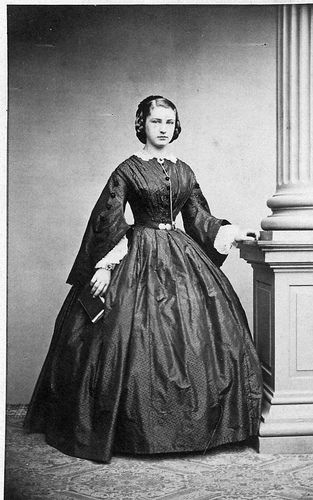
1856 hoop dress 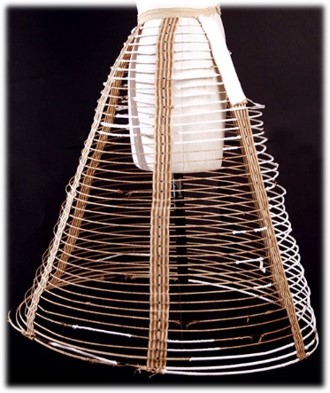
1856 cage hoop 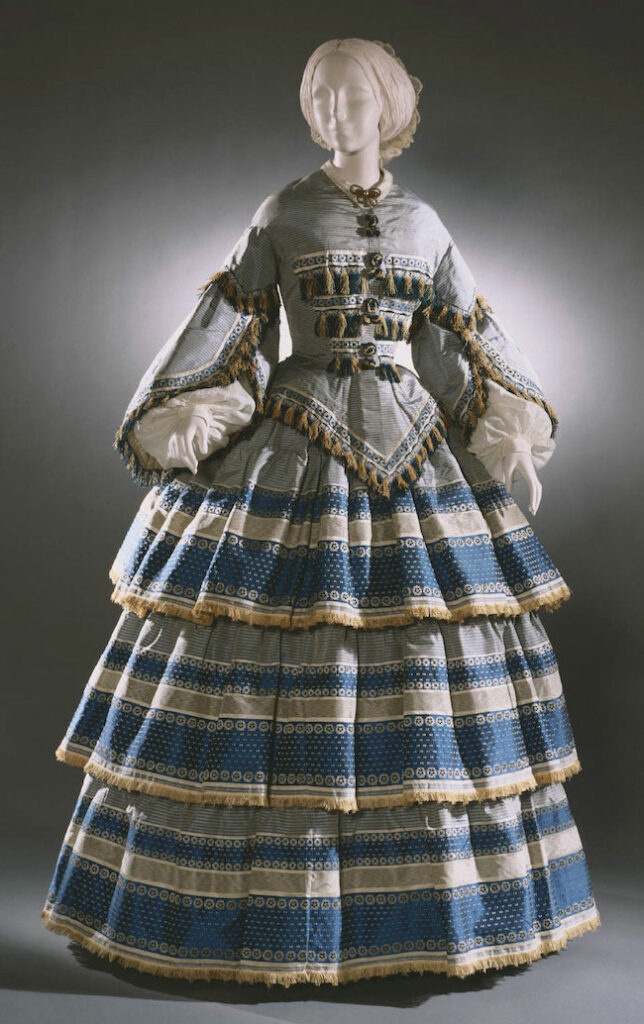
1858 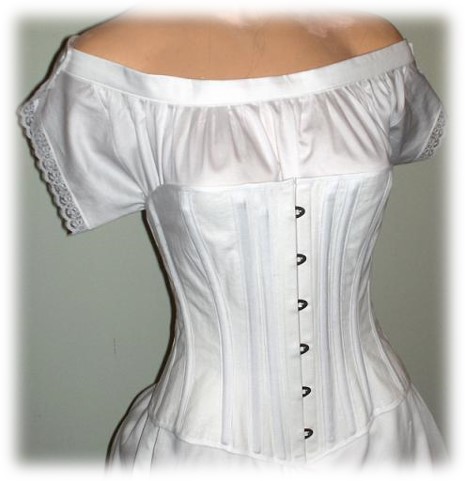
1850 to 1869 corset 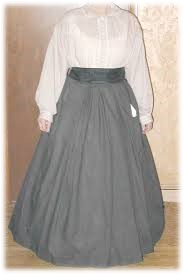
1860 Two Piece dress 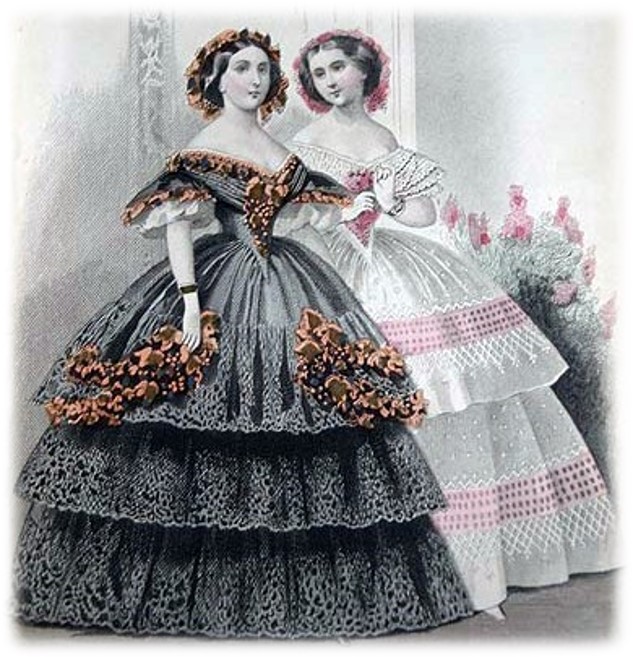
1861 ball gown 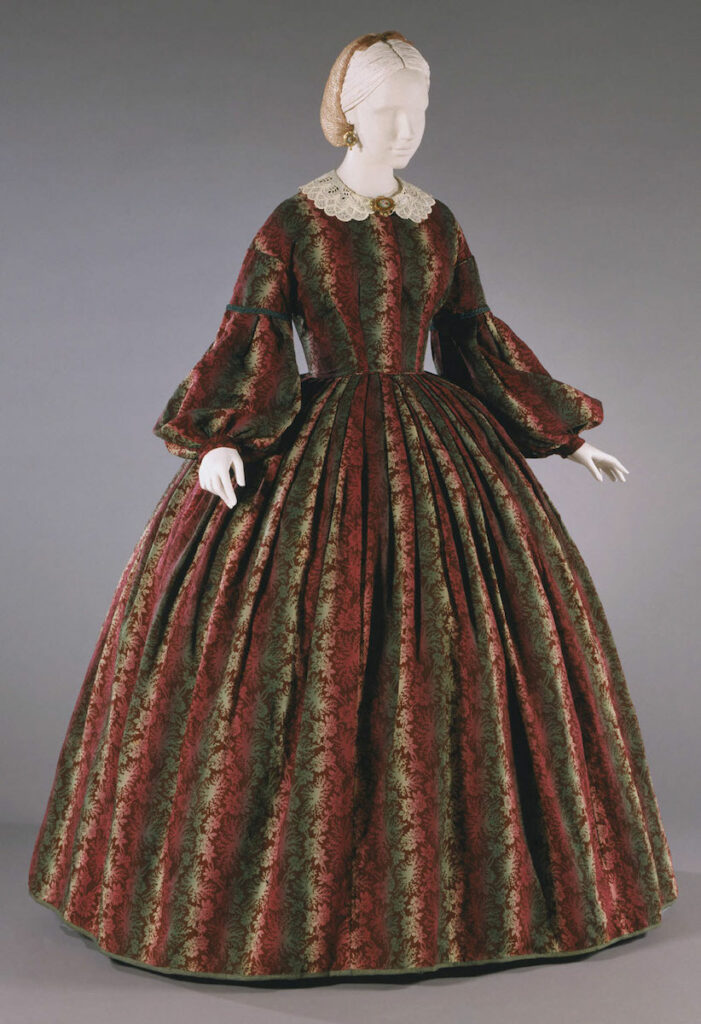
1860 plaid 
1865 with Pagoda sleeve 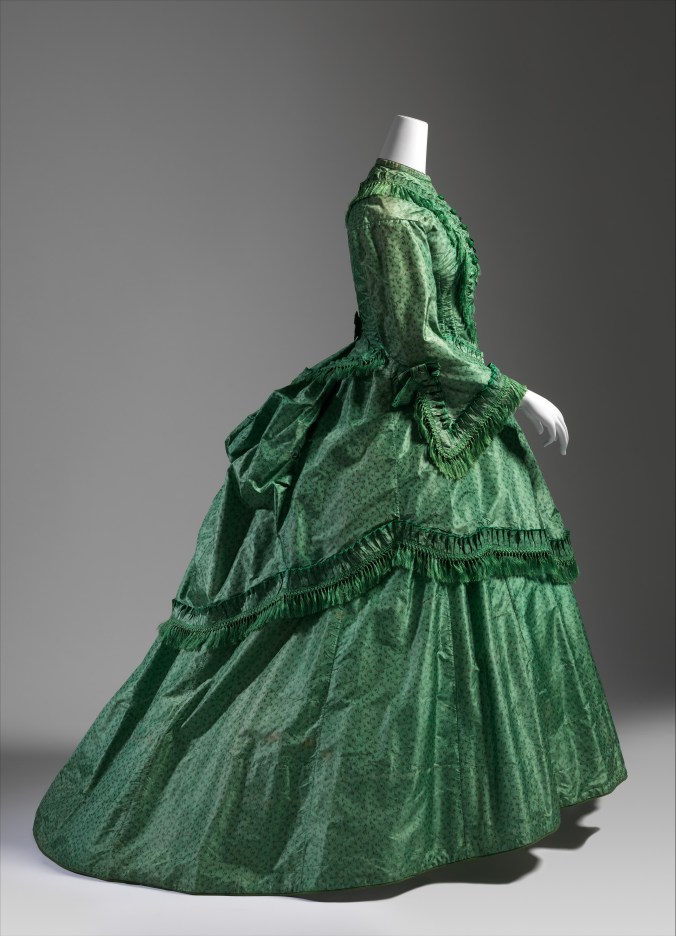
1868 elliptical skirt 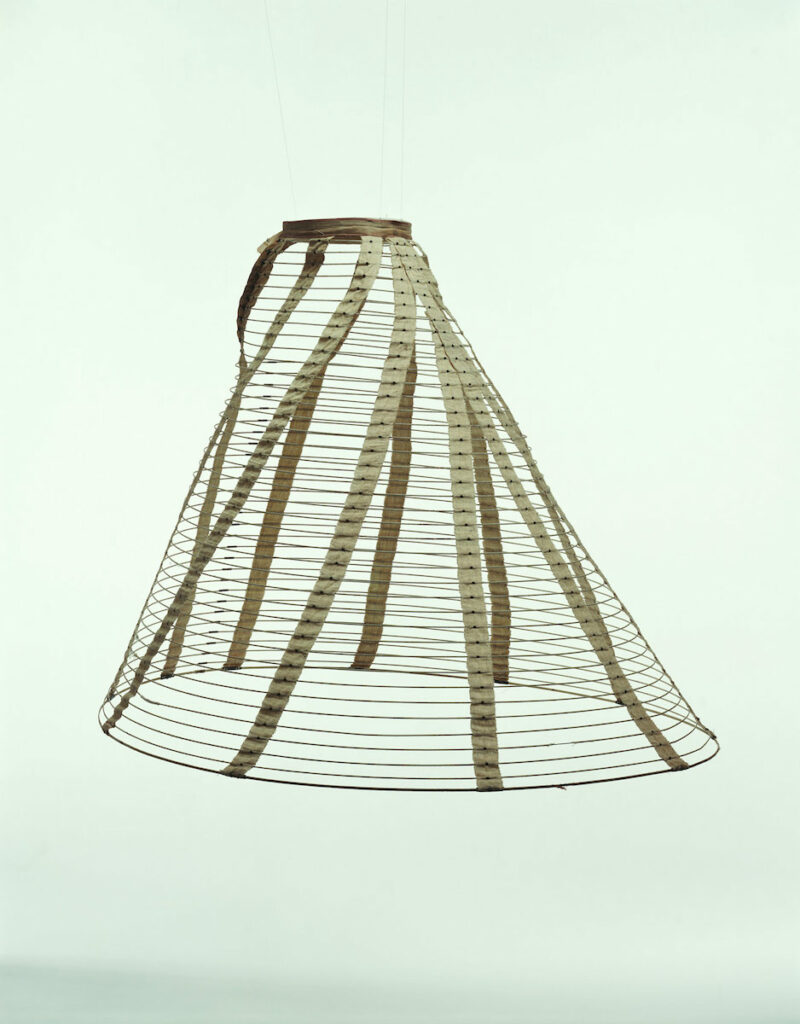
elliptical hoop 
Elliptical dresses 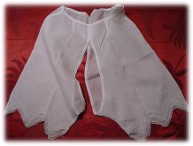
Bloomers (came into use with the hoops)
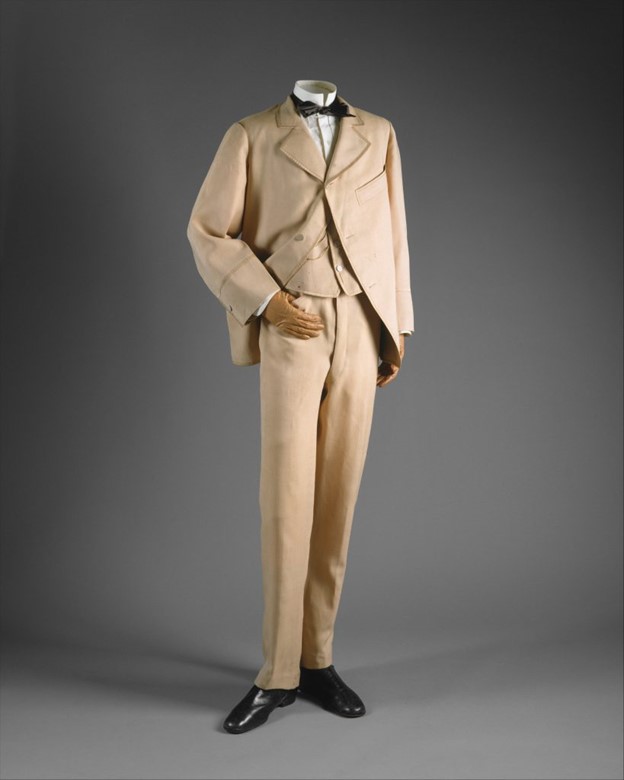
1858 plain suit 
1858 plaid 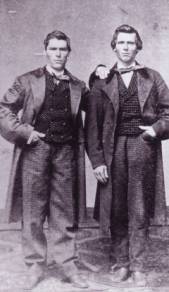
1859 day suit 
1859 sack coat 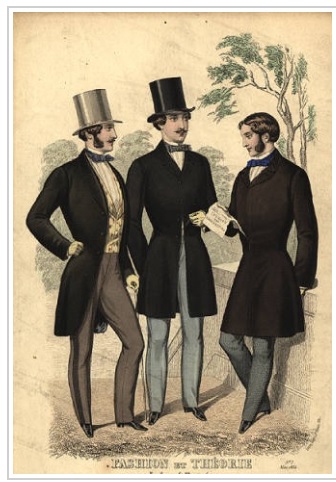
1860 to 1870s frock coats
Even though our Museum is closed for tours, our work continues, and so do our expenses. If you can contribute by purchasing a Tyrconnell Heritage Society Membership, or by a donation, your support would be greatly appreciated. Memberships can be purchased from our website: https://backuspagehouse.ca/memberships/ and donations made through Canada Helps: https://www.canadahelps.org/en/charities/tyrconnell-heritage-society/
